With the X-H1 announced more than four years ago, Fujifilm’s H series cameras kind of fell out of their flagship status. Eclipsed by prettier and also stabilized bodies like the X-T4, more tech got into the newer cameras than Fuji could cram into the X-H1. Then suddenly, the Fujifilm XH2s came roaring back unlike any Fuji camera had before. With the Fujifilm XH2s and XH2, the series has finally regained a place worthy of its flagship title. And with it comes an impressive list of features.
While the XH2 is Fujifilm’s high-resolution flagship, the XH2s has the better autofocus system with the lower pixel count that typically appeals to low light photographers. Besides reviving a flagship, the X-H2s brings a number of much-needed features to Fujifilm’s lineup. The camera is Fujifilm’s first to offer intelligent object recognition for birds as well as a number of different vehicles. That’s paired with an impressive 40 fps electronic shutter burst or a 15 fps mechanical burst, both with autofocus. What’s more, the viewfinder stays active the whole burst, without blackouts.
While there’s no question those updates were much needed, where does the XH2s sit in Fujifilm’s revived lineup? How does the camera’s smart autofocus features compare with other brands? Can the new stacked sensor deliver the same color science Fuji-tographers swear by? I spent a few weeks with the Fujifilm XH2s shooting portraits, landscapes, wildlife, low light and more to see how the new camera compares.
The Big Picture
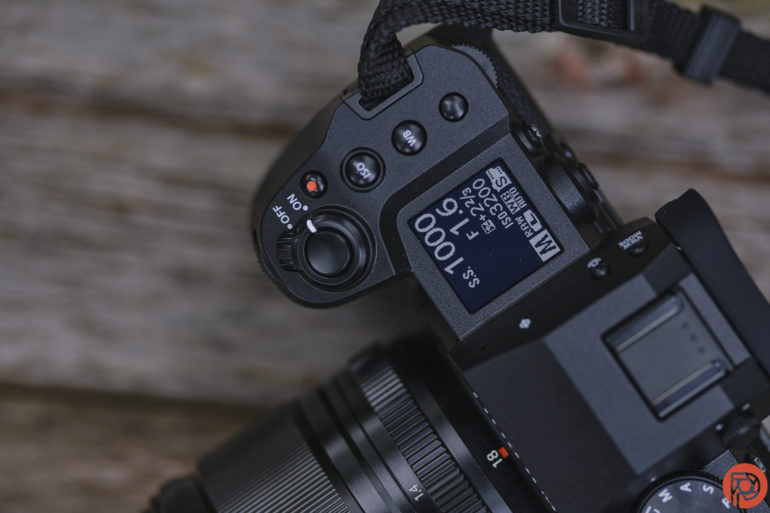
Pros
- Lovely colors
- Great image quality straight from the camera
- Fast bursts at 15 fps mechanical and 40 fps electronic, with autofocus
- Finally, Fujifilm has animal eye AF
- No blackout viewfinder
- Excellent low light autofocus
- Durable build quality
- Comfortable grip
Cons
- AF is good, but there are better sports cameras
- I miss the classic dials of the X-T series.
The Fujifilm X-H2s is a refreshingly solid camera that can shoot multiple genres with little need for editing. The mix of excellent images straight from the camera, comfortable ergonomics, and an updated autofocus system make it a great choice for multiple types of shoots. While I wouldn’t name the XH2s as the best for sports or best for birding, it’s an excellent choice for the photographer who doesn’t conform to just one category. The XH2s mix of beautiful colors and fast low light autofocus make this camera most at home shooting events and portraits. But, it’s no slouch dabbling in sports or wildlife either. It has faster autofocus and better high ISO quality compared to the higher resolution X-H2.
While the X-H2s has a comfortable design, the control scheme is quite different from Fujifilm’s other mirrorless bodies. Some photographers are going to miss those classically inspired dials. The autofocus upgrade was a much needed change for Fujifilm as well, and it works pretty good. But, I don’t think the X-H2s is going to outshoot a Canon or Sony for sports.
As a wedding photographer, I would definitely consider the X-H2s for it’s low light abilities, especially while knowing I could still be able to photograph my kids’ soccer games or my hobbyist wildlife photos with it. I would be ecstatic to add this to my kit. But, if sports and wildlife were my main focus, I’d still be more inclined to reach for the Canon EOS R7, the OM System OM-1, or the Sony a7 IV around the same price point. However, none of those alternatives have colors as lovely as the X-H2s (and I much prefer the X-H2s grip over the a7 IV).


I’m giving the Fujifilm XH2s five out of five stars and the Editor’s Choice Award. Check them out on Amazon for the latest prices.
Gear Used
I used the Fujifilm X-H2s with:
I began this review with firmware version 1.01, but updated to 1.03 during the course of using the camera. The X-H2s is on loan from Fujifilm.
Innovations
The Fujifilm XH2s marks several major improvements for Fujifilm. It’s packed with 40 fps electronic shutter, a no blackout viewfinder, subject detection autofocus, improved autofocus algorithms, and up to seven stops of image stabilization. Those are features photographers could still find on flagships from Canon, Sony and Nikon. However, mixing those features with an X-Trans sensor and Fujifilm colors is what sets the XH2S apart.
Ergonomics
Taken from our first impressions:
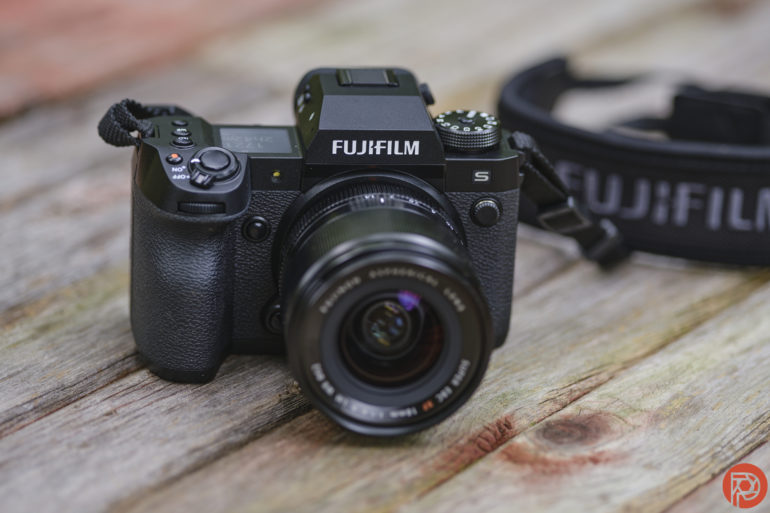
The Fujifilm X-H2s feels a bit like the Nikon D850 and the Fujifilm X-T4 had an illegitimate love child. The camera meshes a large-DSLR-like grip and secondary LCD screen with a classically-Fuji-shaped magnesium alloy body. Had I first picked up the X-H2s when making the switch from my D850 to mirrorless, I would have quickly fallen in love with that beefy grip. Now that I’m accustomed to my X-T4, I miss those labeled shutter speed and ISO dials. I’m still a bit torn over whether I love the X-T4’s dials more or the X-H2s’ grip more, but I think the larger grip is going to come in handy for the big sports and wildlife lenses the X-H2s autofocus system is made for.
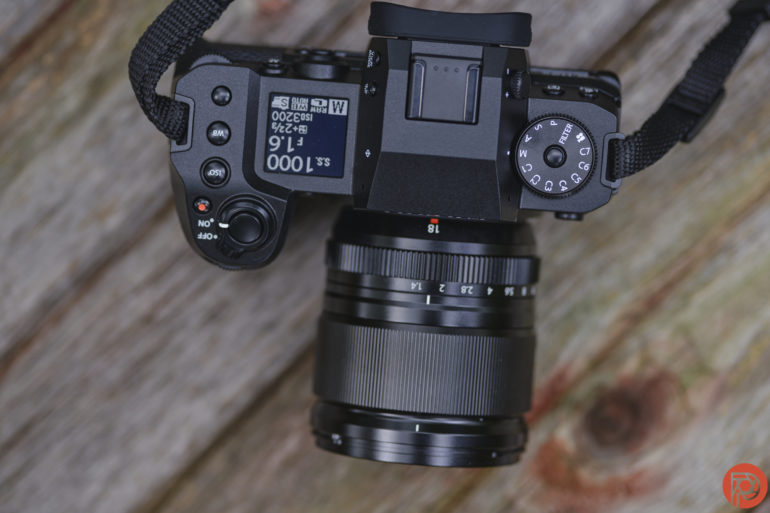
The large grip is a nice fit for my hands and is pretty comfortable. But, it naturally makes the top controls a larger stretch than the smaller real estate of the X-T4. It positions my index finger within easy reach of the shutter, front dial, and ISO button. The white balance and custom Fn button are easier to reach with the thumb, which can also just grab the joystick, AF ON, and control dial at the back of the camera. All those controls are within easy reach of those two fingers but need a bit more stretching than the X-T4’s controls.
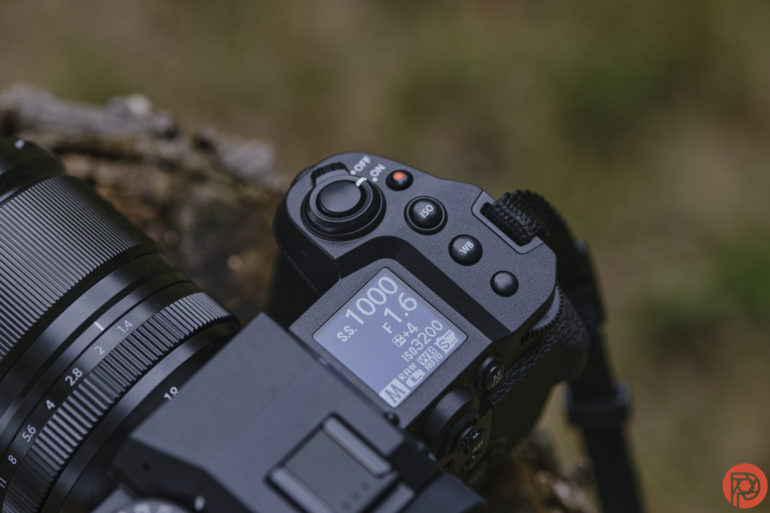
A secondary LCD screen takes up a good chunk of the top of the camera. This displays the exposure settings, mode, file type, white balance, and color profile with a quick glance. A button on the side of the viewfinder changes that secondary display from black with white letters to white with black letters: the latter being easier to read in the dark. Hopping over the viewfinder bump and hot shoe slot, you’ll find an actual mode dial, with the four manual modes, seven custom slots, a filter mode and, of course, video.
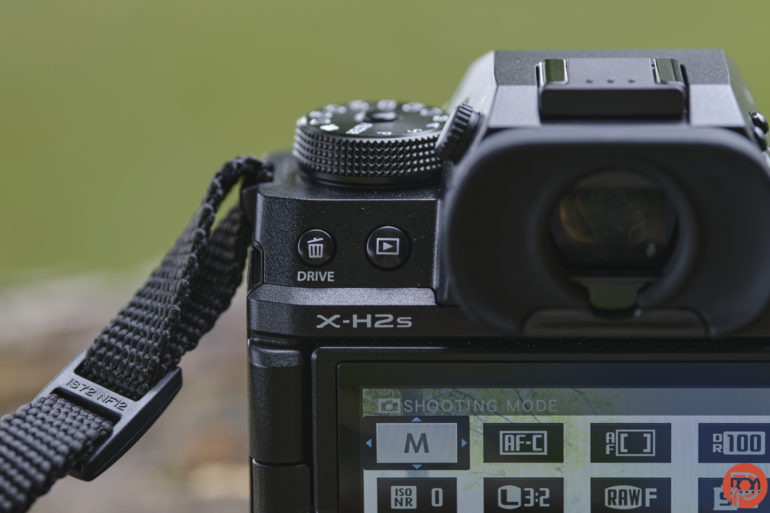
The drive is a button at the back instead of a dial, over on the left side of the viewfinder next to the playback button. The back also houses an AEL, quick menu, menu controls and a back/display button. Two customizable buttons on the front around the lens mount round out the list of buttons, one of which replaces the AF mode switch with a basic button.
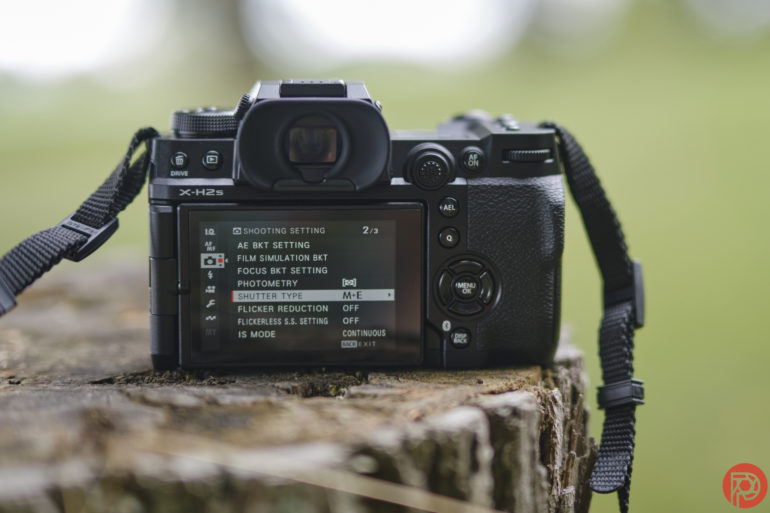
On the grip side, the X-H2s houses a CFExpress slot as well as an SD card slot. The opposite side houses mic, headphone, HDMI, and USB-C. The bottom has the expected battery opening, tripod mount, and a port for a battery grip. The cover for the battery grip port comes off the body completely, so there’s a chance of loosing this piece. But, the battery grip has a place to store this piece. It’s sturdy and isn’t going to come off unless you pull it off to add the battery grip.
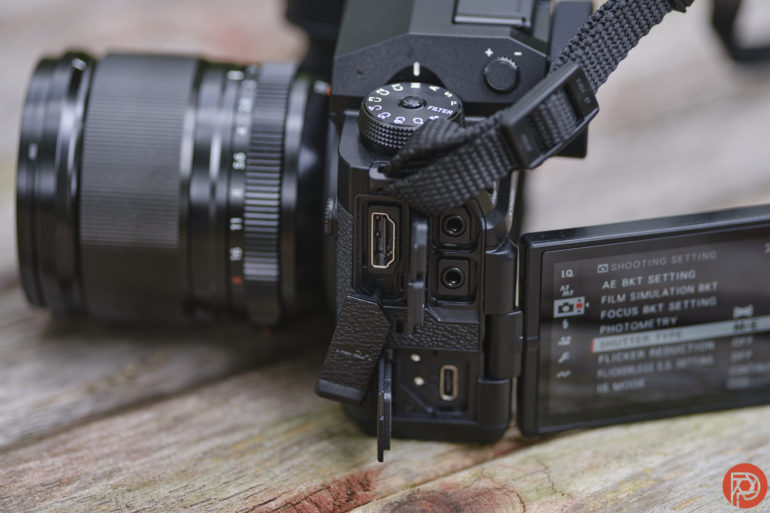
The three-inch LCD screen flips out to the side. It has a range that both allows for selfies and for closing the screen into the body to conserve battery or prevent scratches.
I have mixed feelings about the design of the X-H2s. I love the larger grip, but I miss the classically styled dials of the X-T4. But, ultimately, the X-H2s is designed for handling those larger telephotos, which makes the large grip the right route for Fuji on this particular model.
Build Quality
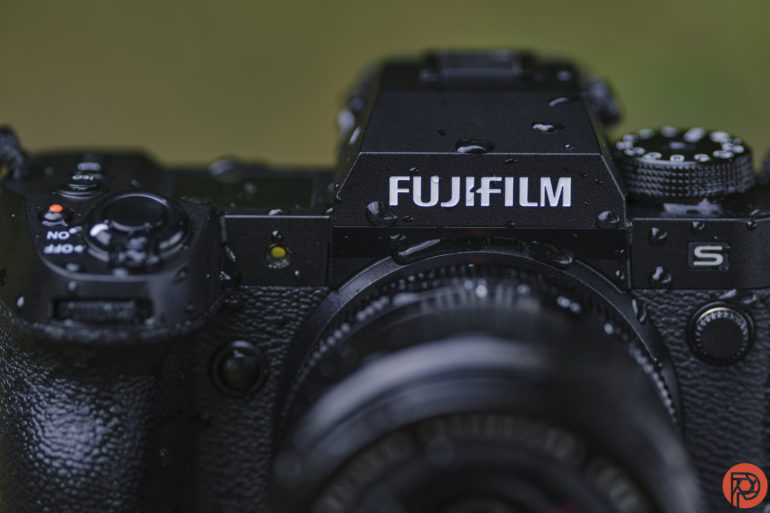
The Fujifilm XH2s may look a bit different than Fujifilm’s other bodies, but it still feels every bit a Fujifilm. The body is a metallic magnesium alloy. While it looks more DSLR-like than the X-T4, it still has that leather-like wrap to add some texture and a bit of a more classic feel.
The XH2s is weather-sealed. I didn’t spot any dust or debris on the sensor during the course of my review. When I dangled the camera with the 18mm WR lens under the sprinkler, the camera and lens came out unscathed. The body feels durable and should hold up well.
Focusing

The XH2S is Fujifilm’s first camera with advanced object recognition, including birds, pets, and vehicles. Because this is such a big feature, I spent much of my time with this camera photographing birds. Overall, I think the XH2s locks on birds quickly. It detects the eye well and, when the bird turns away, the back of the head or the whole body of the bird. The focusing was fast enough that I was still able to catch a few photos of birds in flight, even though I didn’t attempt to capture these shots until the bird was already flying. In other words, I had very little time to focus.
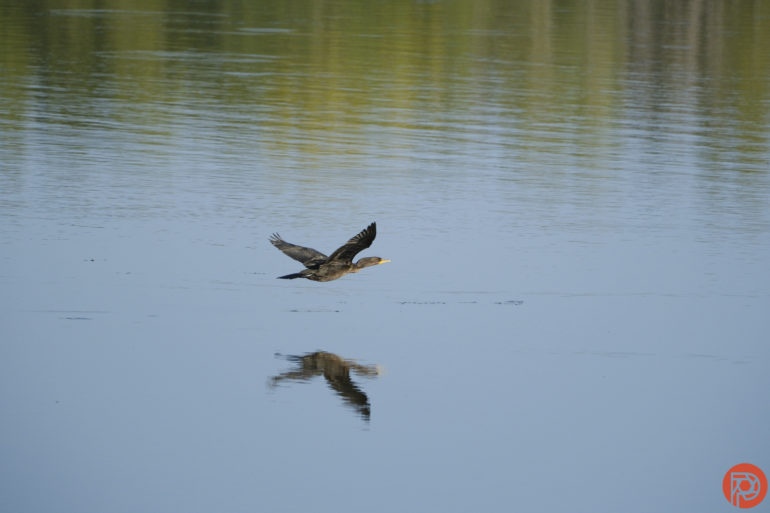
While the bird AF is good, it could be better. There were a few occasions when the camera wouldn’t lock on what I thought was a relatively easy shot: a stationary bird relatively close. When I looked back at my shots, I realized most of these images were of blue herons and egrets, birds that look more like velociraptors than song birds. I suspect the artificial intelligence was trained more on smaller birds, but that’s just my theory.
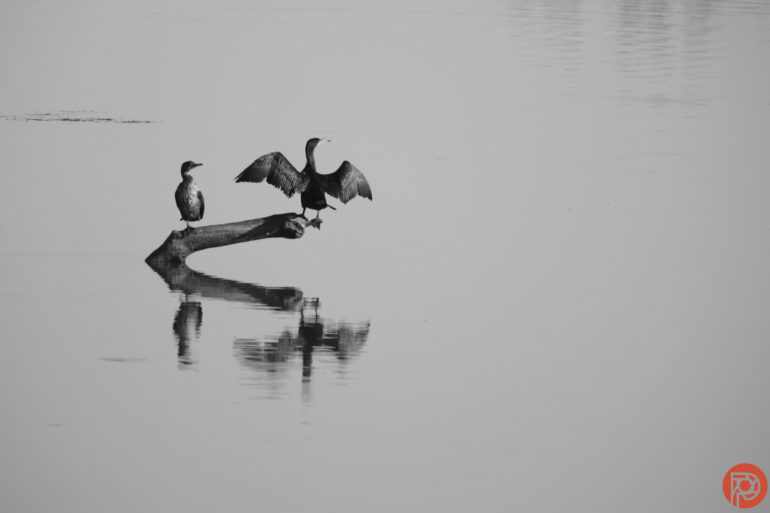
The Canon R3 is still my favorite camera for birding and, closer to the X-H2s price point, the OM System OM1 is likely a bit better. But, the animal detection autofocus is good enough that photographers who love the camera’s colors and ergonomics shouldn’t be discouraged.
The XH2s is arguably Fujifilm’s most action oriented camera. I had mixed results with action, but once I swapped lenses and reworked my settings, I was able to get a 80 percent hit rate photographing my dog on a run towards the camera. The hit rate was around 10 percent lower when Animal Eye AF was enabled. I got the best results with zone AF and AF-C custom settings on set 5. The 70-300mm lens also did a bit better than the longer 150-600mm lens.

Fujifilm has had more time to perfect it’s human eye AF and here the XH2s did very well. Shooting portraits, the eyes were very sharp at f1.3 on my 50mm lens. The eye AF isn’t quite quick enough when my toddler leaned quickly forward, especially working at a closer range for head-and-shoulders. There may be some occasional misses if the portrait subject throws his or her head back and laughs, for example. But, overall the XH2s has a pretty good hit rate for portraits.
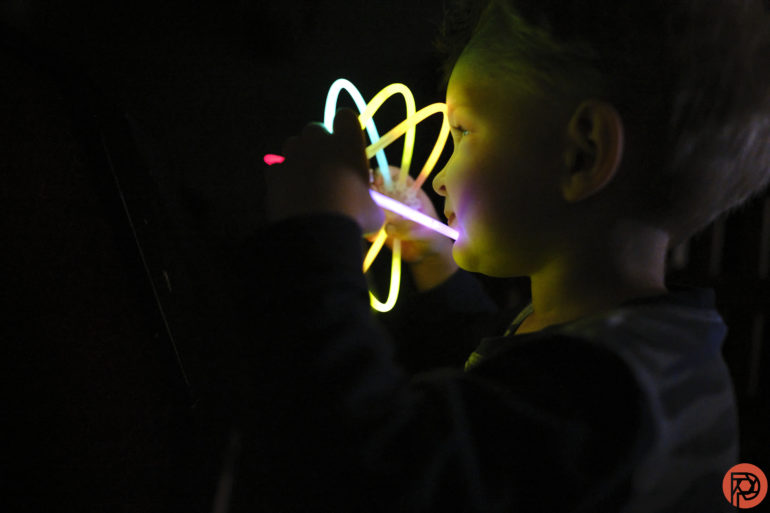
Low light autofocus is a key feature of the X-H2s. In a room lit by a tiny opening in darkening curtains and a few glow sticks, only about 15 percent of images were out of focus. And this was photographing a toddler who rarely sits still. As long as there was a small sliver of light giving his face a little bit of contrast, the XH2s quickly locked on a majority of the time. The low light performance feels like a slight step up from the X-T4. This feature is going to be awesome for photographing wedding receptions and events in limited lighting.
Ease of Use
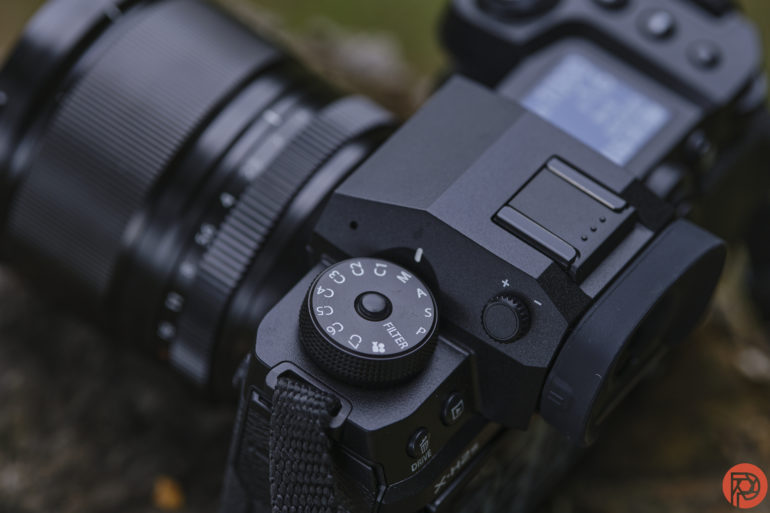
The design of the X-H2s feels a bit more like a DSLR. I think photographers switching from a DSLR will have an easier time jumping into the X-H2s as the controls are more similar than the X-T series. There’s also a full mode dial, which is more self-explanatory than using the A settings on the different dials of the X-T4 for shutter or aperture priority modes. It’s still a pro camera without a green basic auto mode, but I think any photographer who knows the basics of manual modes will have an easy time getting acquainted with this camera.
While it’s simple to switch from a DSLR to the XH2s, the widely different controls will be an adjustment for shooters of Fujifilm’s other series. As an X-T4 user (and former DSLR shooter) the controls aren’t overwhelming, but it’s taking some time to be able to adjust the settings by feel simply because the controls are quite different. Thankfully, Fujifilm allows for a good range of customization. For example, I felt the control dials were backwards and, by habit, would turn the wrong way first. But, in the menu, you can swap the direction if you like.
The Fujifilm X-H2s is the camera for the photographer who wants to shoot everything while spending the least time possible behind a computer.
I did run into an occasional issue where the camera would freeze when attempting to preview images. However, this is an issue listed in the bug fixes in firmware 1.03. After an update, I haven’t experienced another freeze. I also appreciate that Fujifilm allows for firmware updates from the app: much easier and faster than downloading the new firmware to an SD card.
Metering
Following the Sunny 16 rule, the Fujifilm XH2s exposure felt right on track. If anything, metering errs a bit on the darker side, which is great since shadows are easier to recover than highlights in post.
Image Quality
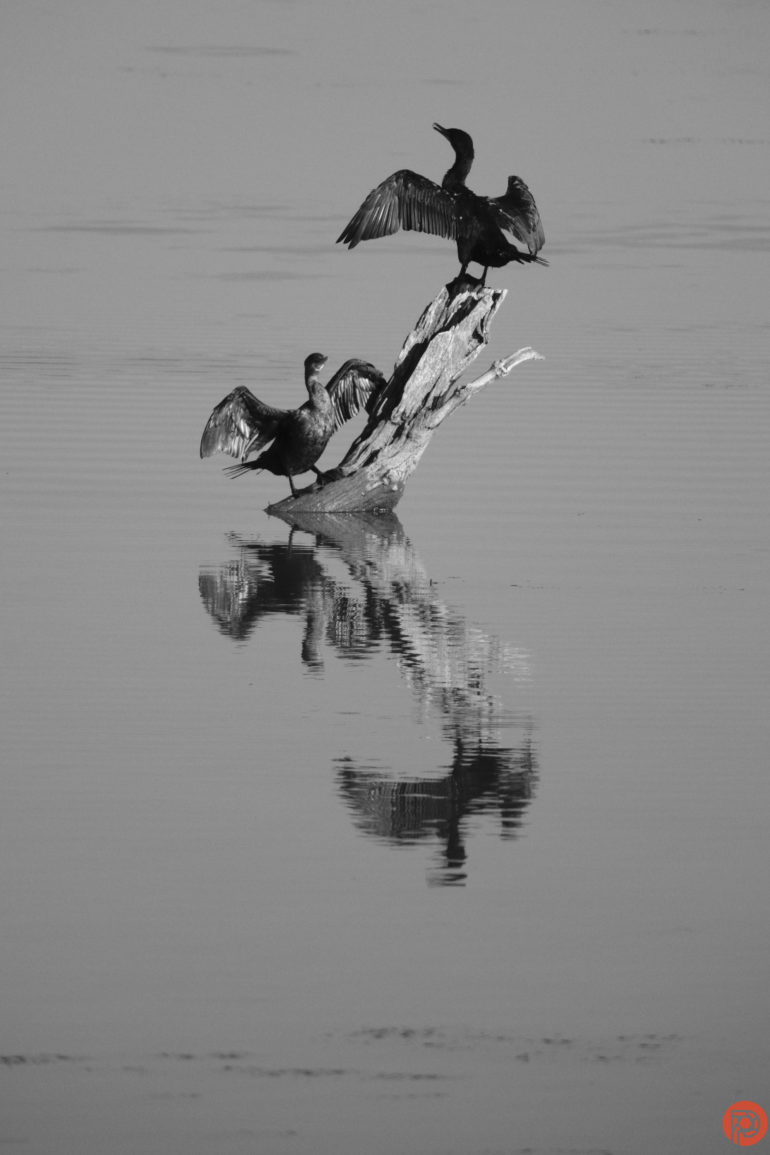
Even shooting a quick 30 minute portrait session in my backyard, I was reminded why I switched to Fujifilm last year. The colors need little editing and, while the eyes are sharp, the skin is not overly detailed. This holds true for the Fujifilm X-H2s. In fact, the images felt a little bit sharper, and high ISOs look a little bit cleaner than the X-T4.
JPEG Quality

For the portraits I edited, I simply adjusted the white balance and cropped slightly. The JPEG quality is excellent. Using Fujifilm’s color profiles, you can either get nicely accurate colors, or deeper, film-inspired tones without any editing. Astia is my favorite for portraits because it does really well with skin tones. It doesn’t exaggerate redness. And, even shooting under green trees on green grass, colors didn’t skew too green.
Shooting with prime lenses, the X-H2s has an excellent mix of sharpness that makes subjects pop without being so detailed that you have to do a lot of skin softening. Zoom lenses were naturally a little less sharp.
High ISO Output
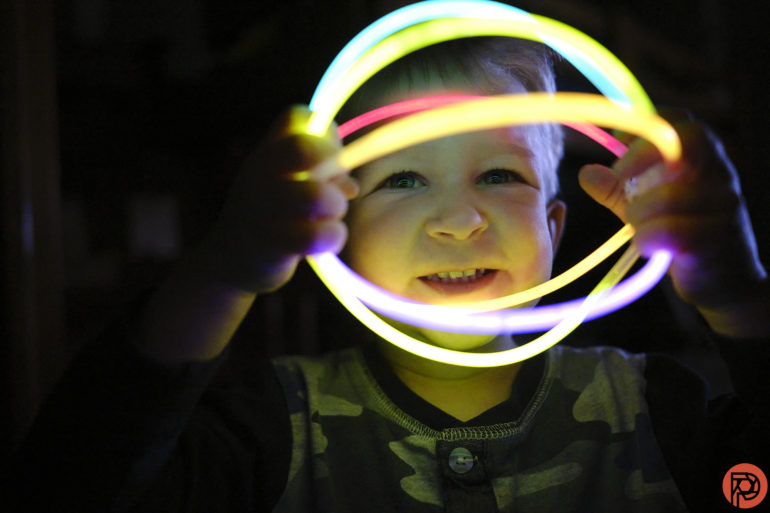
High ISOs looked a touch better than the same ISO from my X-T4: not enough for me to run out and immediately buy the XH2s, but it’s definitely a step forward. Pushing the ISO to 2500 to freeze birds in flight, images still had excellent detail and texture. Ideally, the ISO is best at 6400 or under. But, I printed an ISO 128,000 image in 13×19 and was impressed with the results. There were a few minor blots of color noise up close, but the image retained quite a bit of detail.
RAW File Versatility
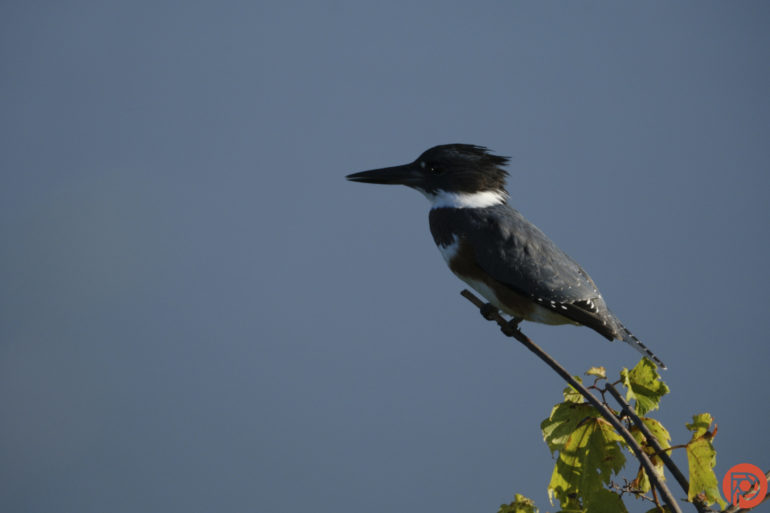
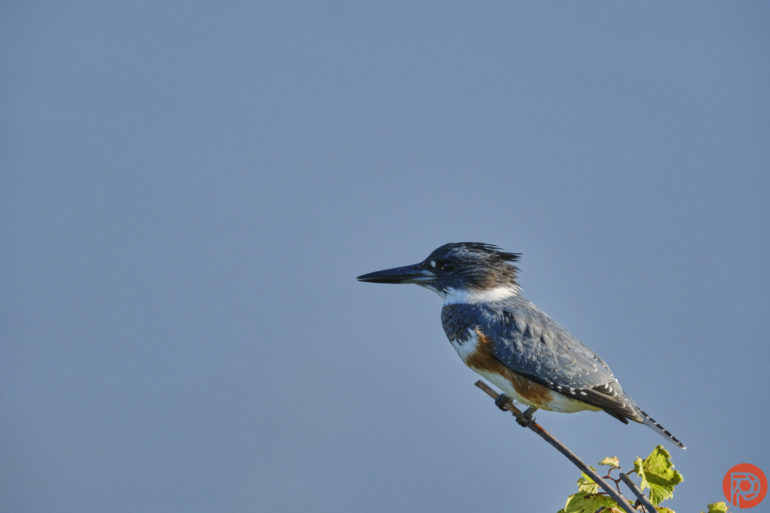
While most shots from the XH2s needed little editing, the RAW files offer a lot of room to fix user errors or difficult lighting. I could bring back the detail on the face of a bird with the sun at its back and the front in shadow. I was able to turn a silhouette of a bird into an image where the bird is recognizable. While certainly possible, those extreme manipulations of the RAW files’ dynamic range does introduce more noise and pollutes the colors. But, if you majorly goof your exposure settings, there are pretty good odds that the RAW file can be salvaged at a slightly lesser quality than getting it right in camera.
Extra Image Samples
From day one, The Phoblographer has been huge on transparency with our audience. Nothing from this review is sponsored. Further, lots of folks will post reviews and show lots of editing in the photos. The problem then becomes that anyone and everyone can do the same thing. They’re not showing what the lens can do. So we have a section in our Extra Image Samples area to show edited and unedited photos. From this, you can make a decision for yourself.
Unedited
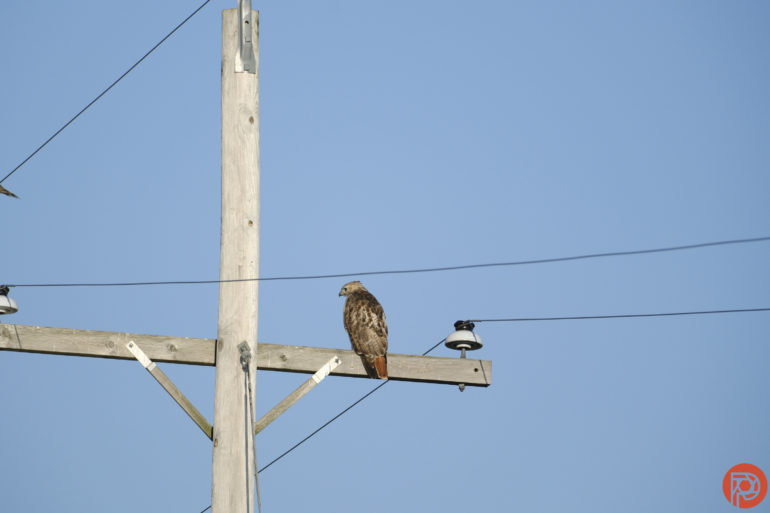
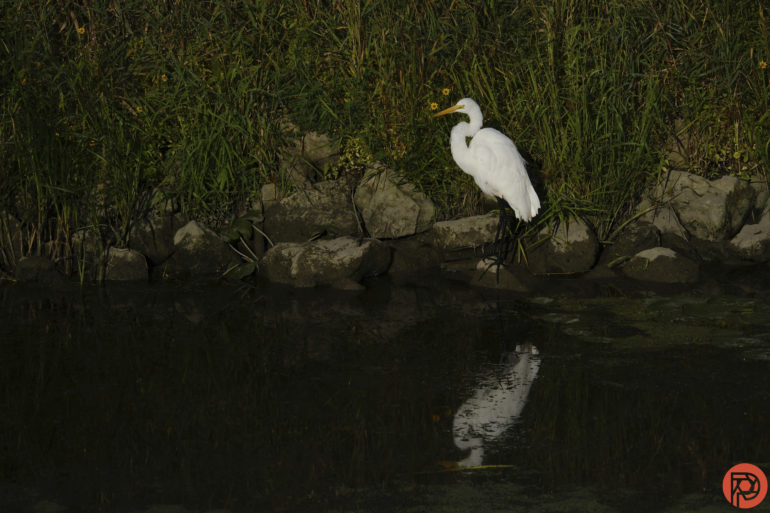
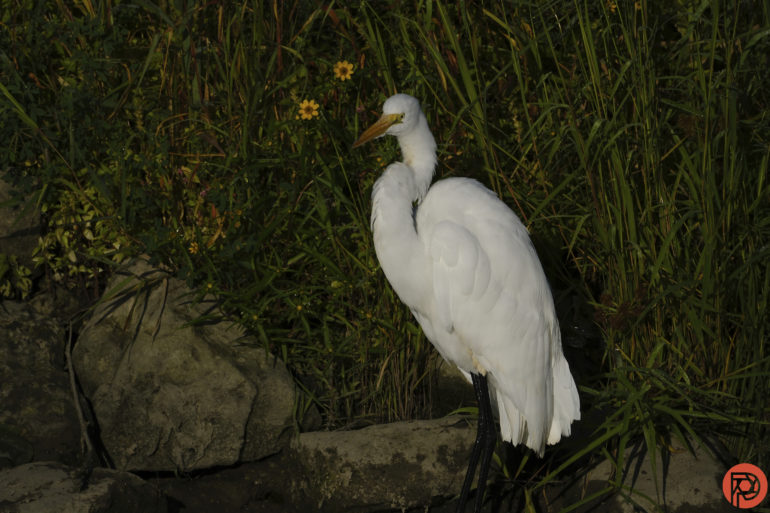
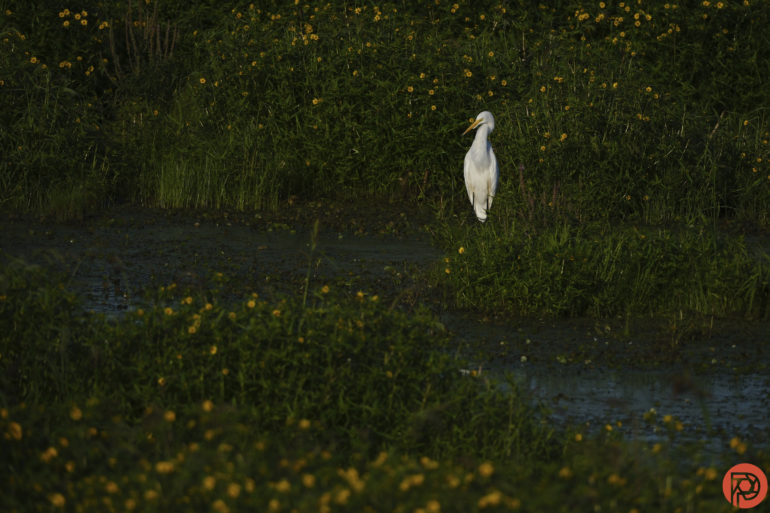

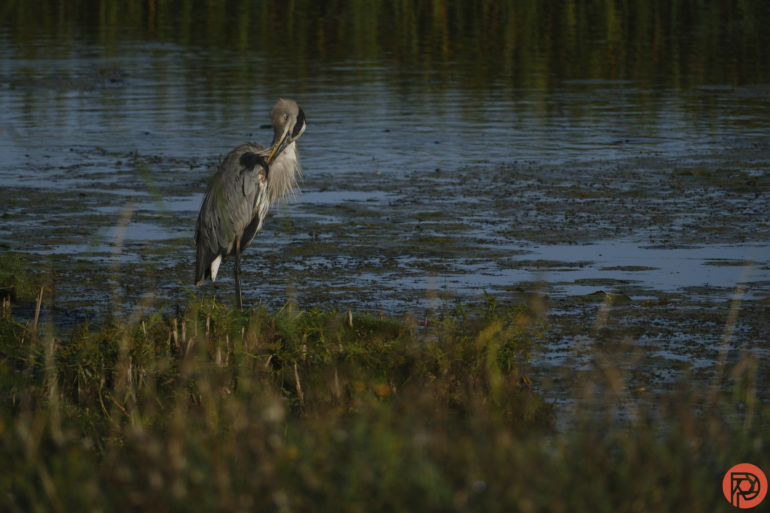

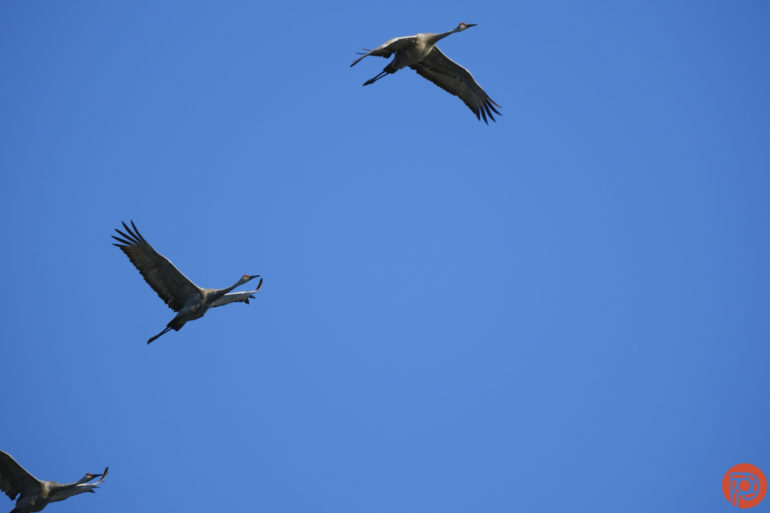



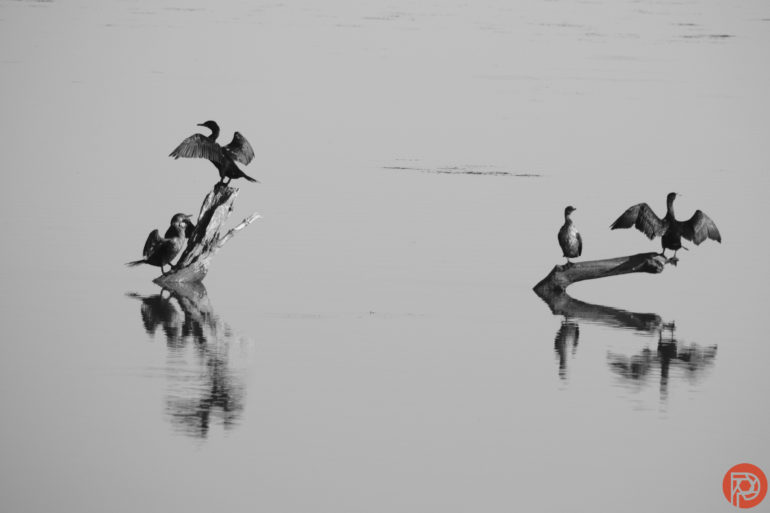


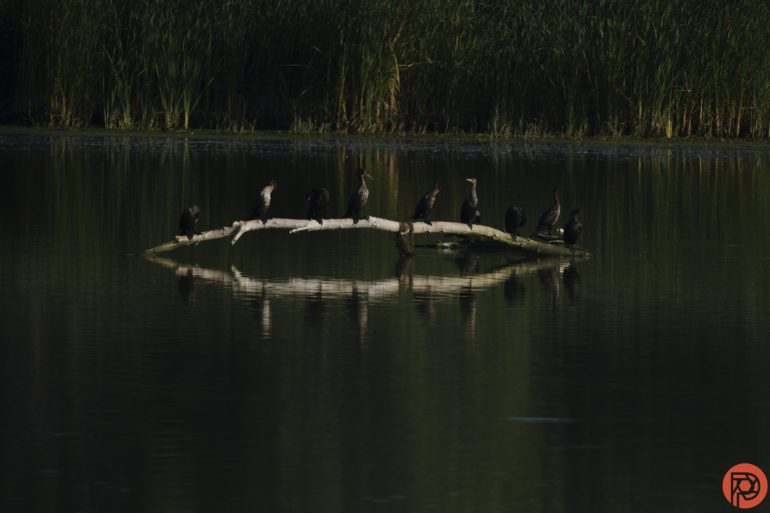





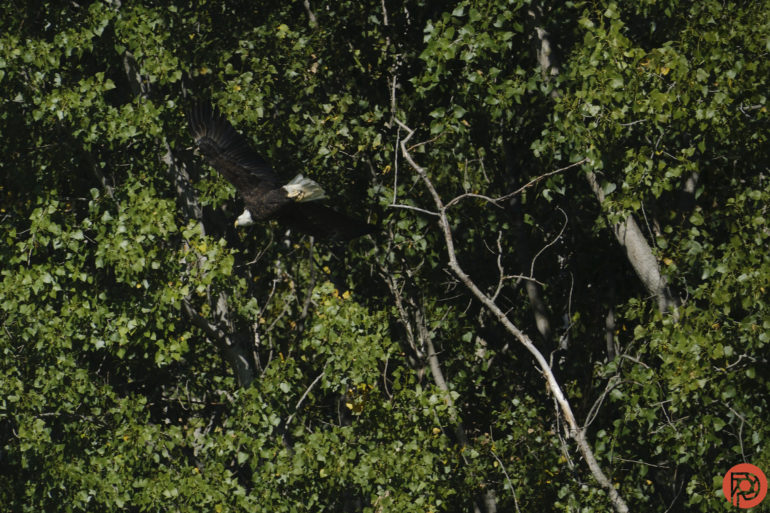
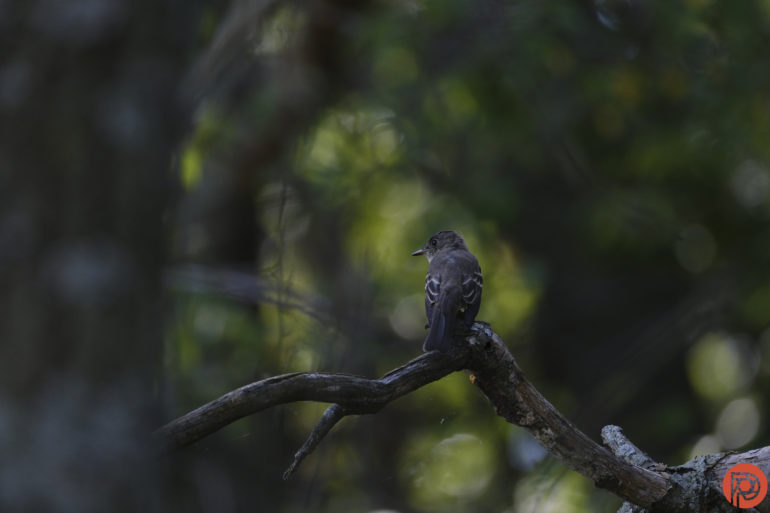












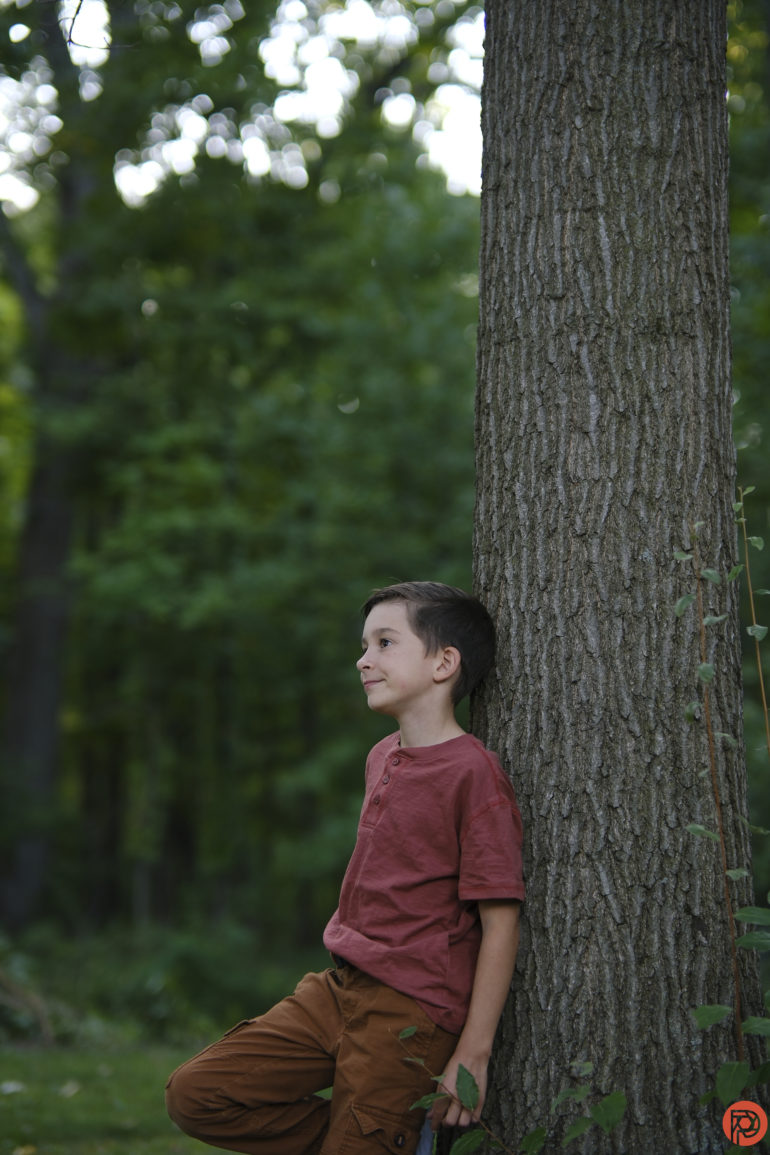

Edited

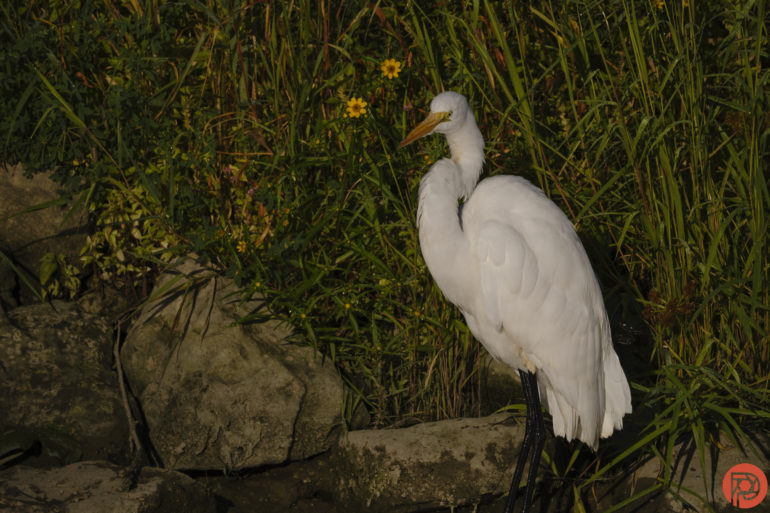
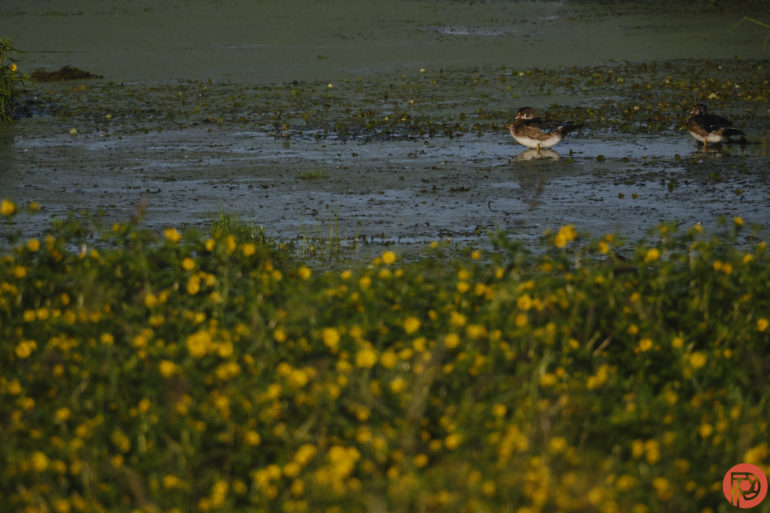
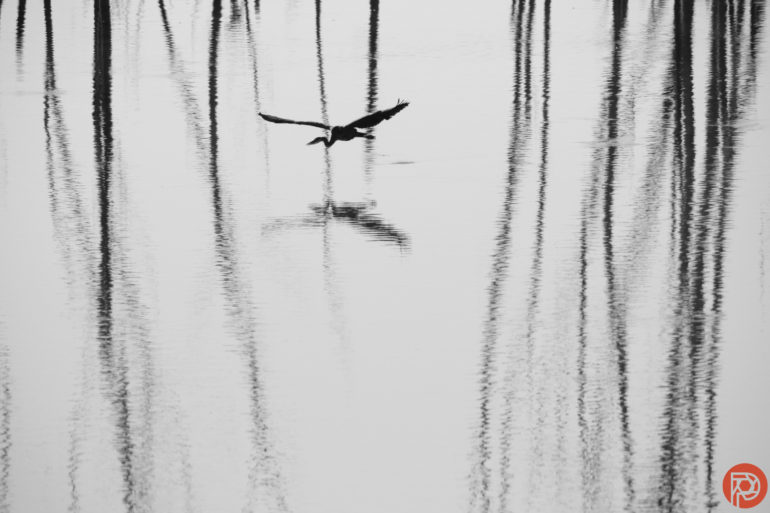
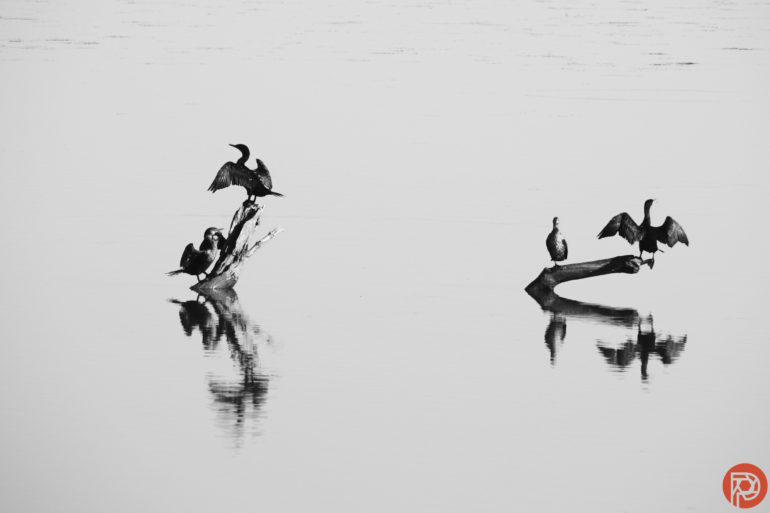
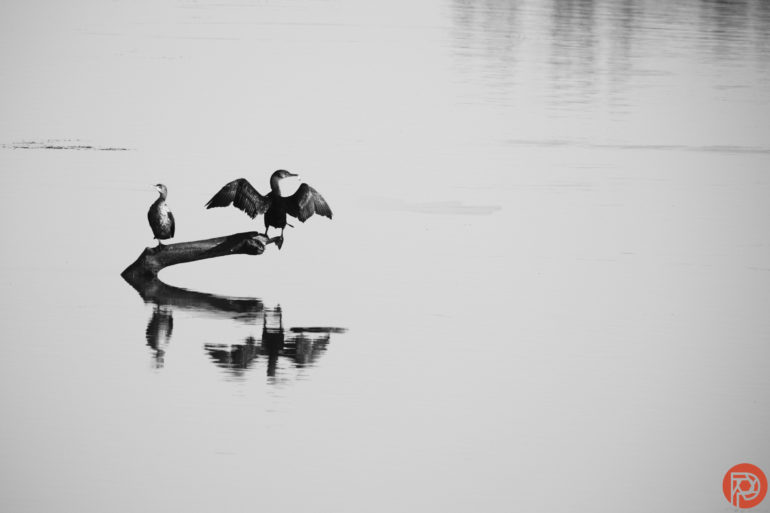

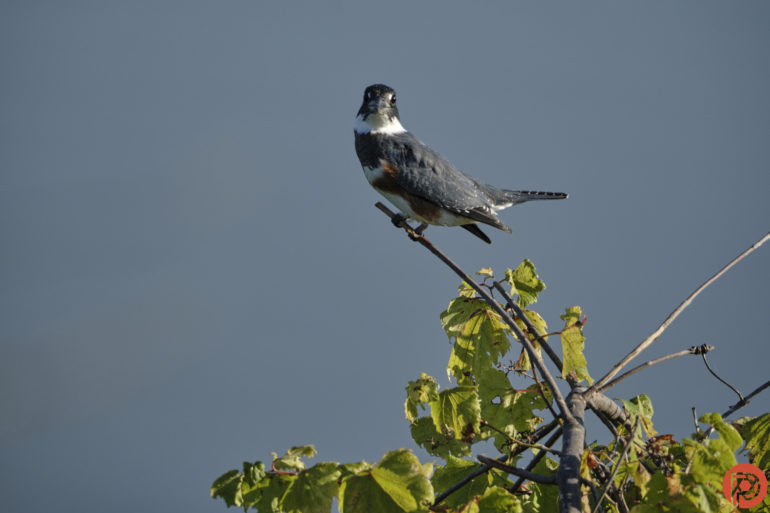




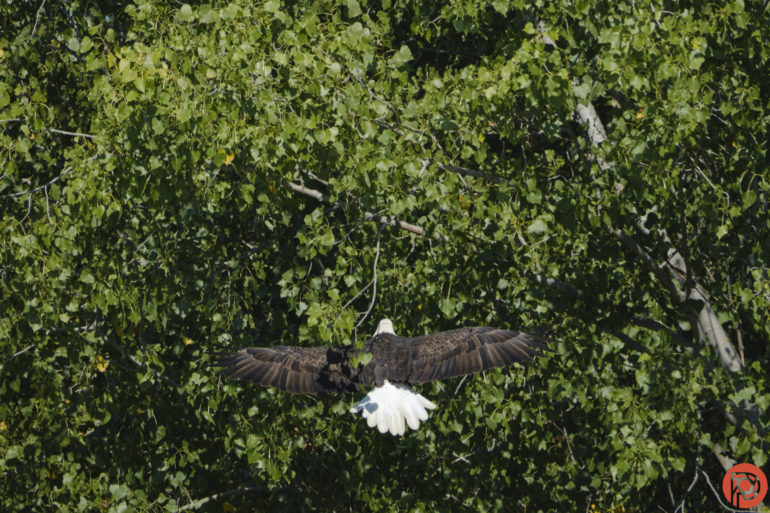
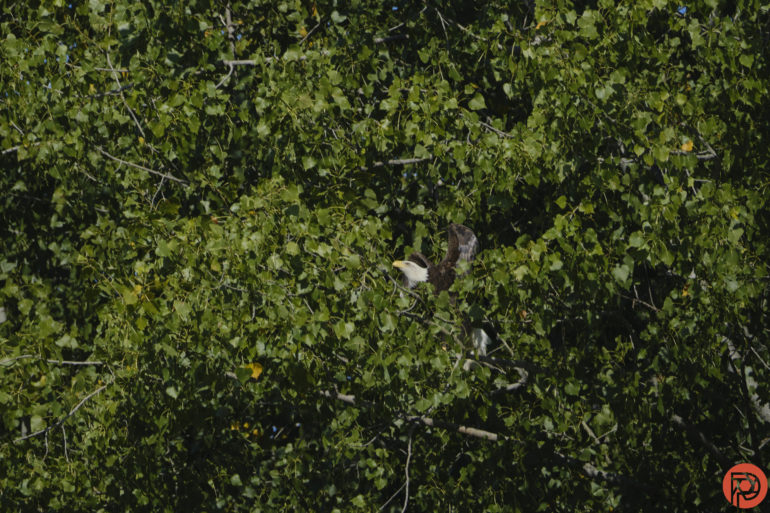
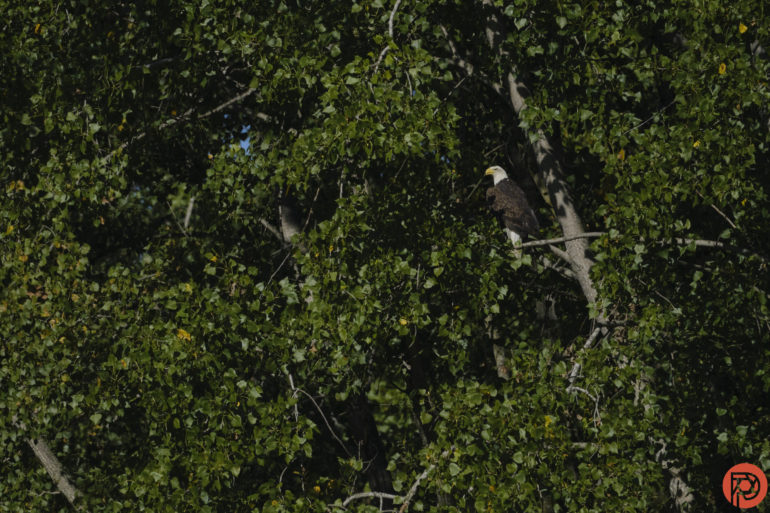
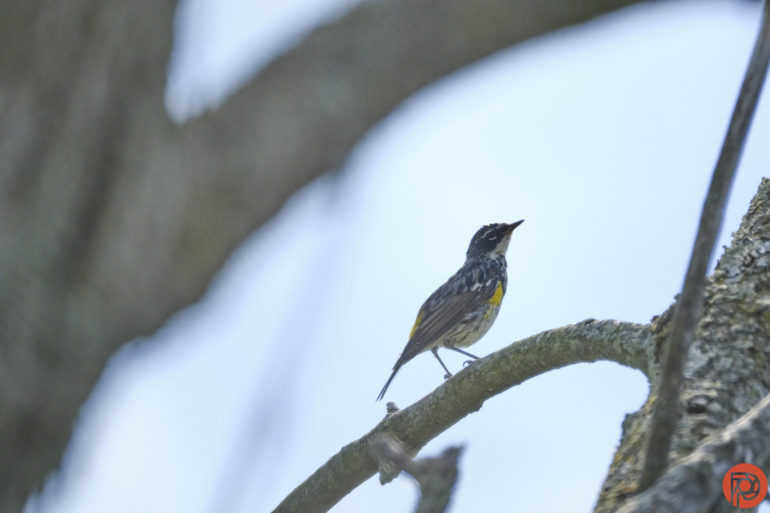






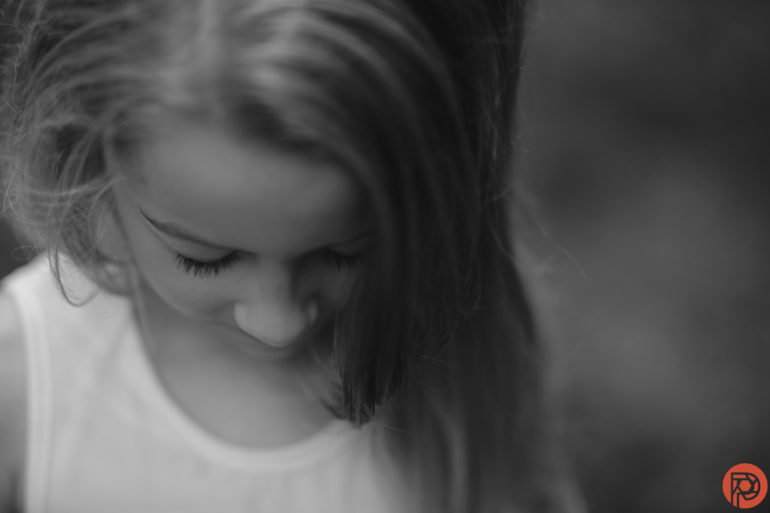
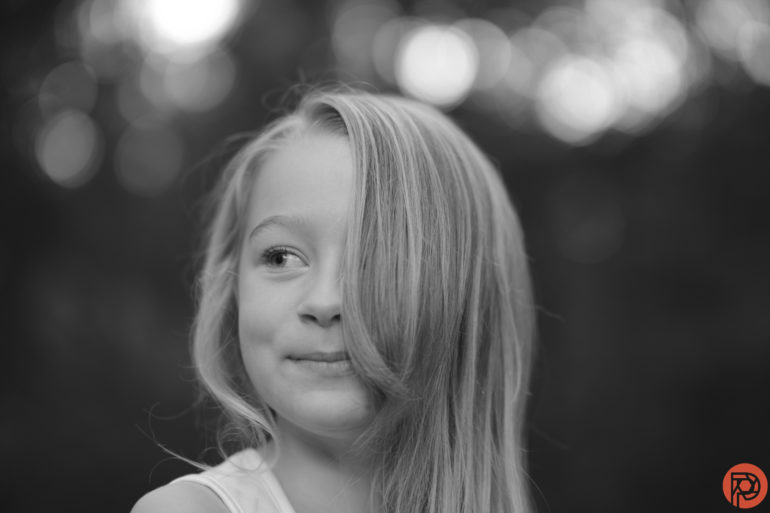

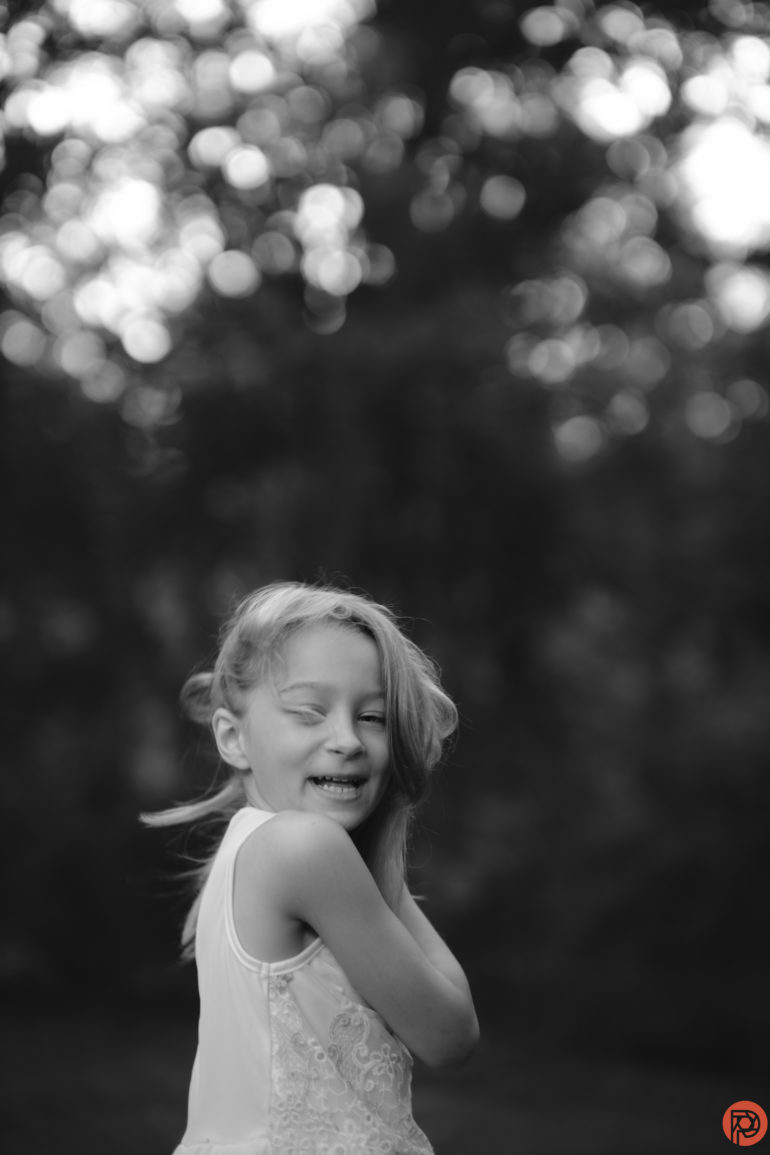
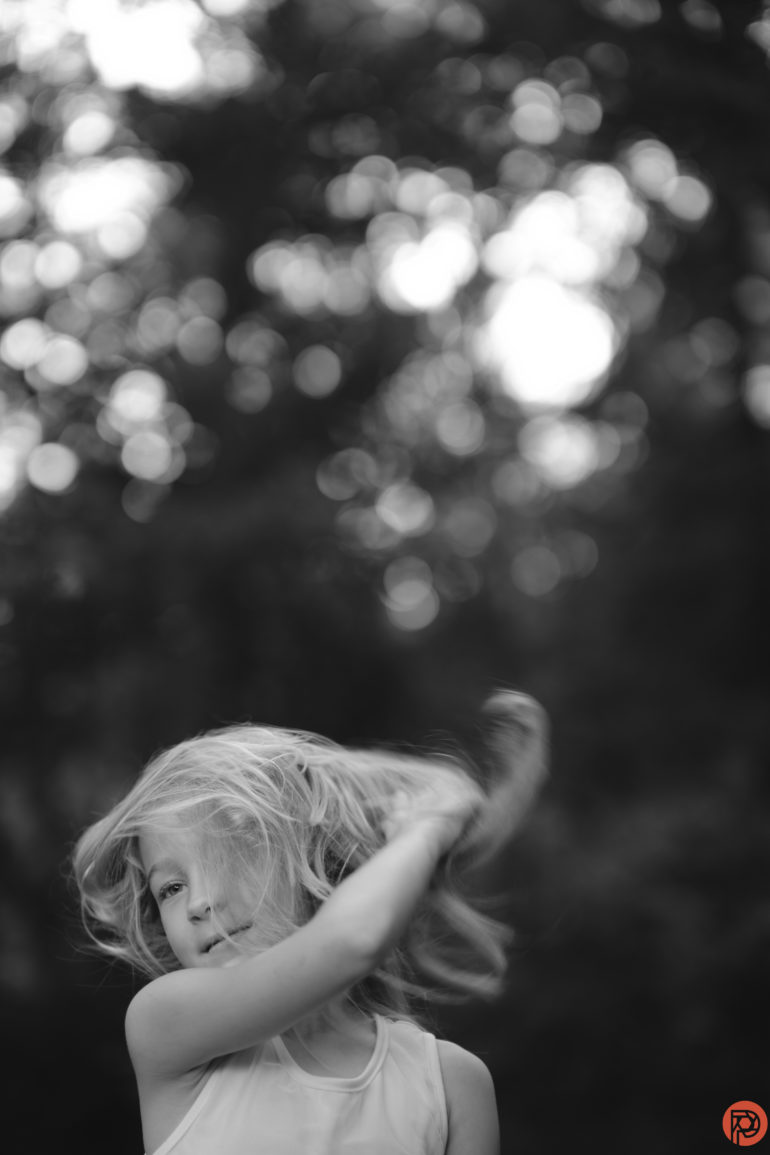
Who Should Buy It?
The Fujifilm XH2s is the camera for the photographer who wants to shoot everything while spending the least time possible behind a computer. The XH2s can easily bounce from portraits to sports to birds to a low light concert venue and back again. And, the camera does it all with great colors that require little editing. Add in a comfortable grip and a durable body, and the X-H2s will feel right at home in many photographers’ hands.
While I think the XH2s is an excellent all-around camera, the autofocus for sports and wildlife is good but not the best around. Fujifilm is still my camera of choice for portraits and events (which is why I own two X-T4s), but if I primarily shot wildlife or sports, I would gravitate towards the Canon R3 or R7, or the OM System OM1. Canon, Sony, and Nikon flagships still have a slight edge in the most difficult autofocus situations. That being said, Fujifilm’s flagship sits at a much lower price point than a full-frame flagship. And if time is money, the time saved editing could still be enough to sway some sports and wildlife shooters.
Tech Specs
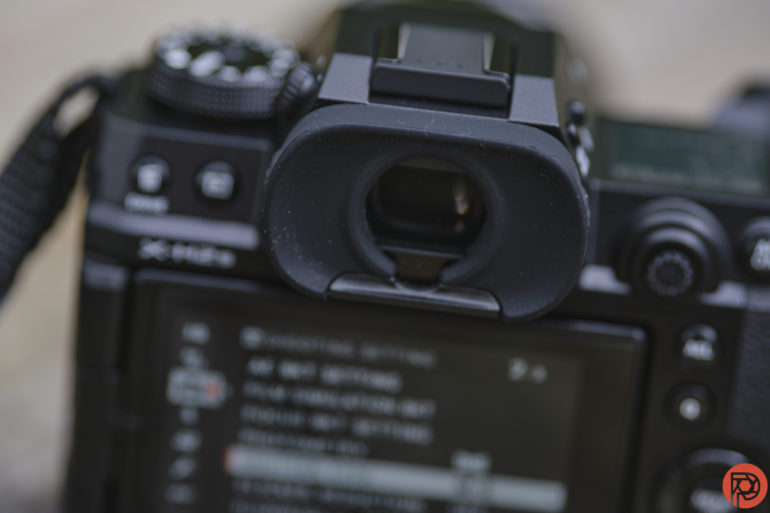
LensRentals lists the following specifications for the Fujifilm X-H2s:
- Environmental
- Battery Type: 1x NP-W235 Rechargeable Lithium-Ion, 7.2 VDC, 2200 mAh (Approx. 720 Shots)
- Tripod Mounting Thread: 1x 1/4″-20 Female (Bottom)
- Accessory Mount: 1x Hot Shoe Mount on Camera Body
- Dimensions (W x H x D): 5.4 × 3.7 × 3.3″
- Weight: 1.3 lbs. (Body Only); 1.5 lbs. (Body with Battery and Memory Card)
- Exposure Control
- Shutter Type: Electronic Shutter, Mechanical Focal Plane Shutter
- Mechanical Shutter Speed
- 1/8000 to 900 Seconds
- 1/8000 to 4 Seconds in Program Mode
- 1/8000 to 30 Seconds in Aperture Priority Mode
- Up to 60 Minutes in Bulb Mode
- Electronic Front Curtain Shutter Speed
- 1/8000 to 900 Seconds
- 1/8000 to 4 Seconds in Program Mode
- 1/8000 to 30 Seconds in Aperture Priority Mode
- Up to 60 Minutes in Bulb Mode
- Electronic Shutter Speed
- 1/32000 to 900 Seconds
- 1/32000 to 4 Seconds in Program Mode
- 1/32000 to 30 Seconds in Aperture Priority Mode
- Fixed 1 Second in Bulb Mode
- 1/8000 to 1/4 Second in Movie Mode
- Bulb/Time Mode
- Bulb Mode
- ISO Sensitivity (Photo)
- 160 to 12,800 in Manual, Auto Mode (Extended: 80 to 51,200)
- ISO Sensitivity (Video): 160 to 12,800 in Manual, Auto Mode (Extended: 160 to 25,600)
- Metering Method
- Average, Center-Weighted Average, Multi-Zone, Multiple, Spot
- Exposure Modes: Aperture Priority, Manual, Program, Shutter Priority
- Exposure Compensation: -5 to +5 EV (1/3 EV Steps)
- White Balance: 2500 to 10,000K
- White-Balance Presets: Auto, Daylight, Fluorescent, Incandescent, Shade, Underwater
- Continuous Shooting (Mechanical Shutter)
- Up to 15 fps at 26.1 MP for Unlimited Frames (JPEG) / 1000 Frames (RAW)
- Up to 10 fps at 26.1 MP for Unlimited Frames (JPEG) / Unlimited Frames (RAW)
- Up to 8 fps at 26.1 MP for Unlimited Frames (JPEG) / Unlimited Frames (RAW)
- Continuous Shooting (Electronic Shutter)
- Up to 40 fps at 26.1 MP for up to 184 Frames (JPEG) / 140 Frames (RAW)
- Up to 30 fps at 26.1 MP for Unlimited Frames (JPEG) / 180 Frames (RAW)
- Up to 20 fps at 26.1 MP for Unlimited Frames (JPEG) / 800 Frames (RAW)
- Up to 15 fps at 26.1 MP for Unlimited Frames (JPEG) / 1000 Frames (RAW)
- Interval Recording: Yes
- Self-Timer: 2/10-Second Delay
- External Video Capture, External Recording Modes, RAW 12-Bit via HDMI 6.2K (6240 × 4160)
- IP Streaming: Yes
- Flash : No Built-In Flash
- Flash Modes: Auto, Commander, First-Curtain Sync, Manual, Off, Second-Curtain Sync, TTL Auto
- Maximum Sync Speed: 1/250 Second
- Dedicated Flash System: TTL
- External Flash Connection: Hot Shoe, PC Terminal
- Focusing
- Focus Type: Auto and Manual Focus
- Focus Modes: Continuous-Servo AF, Manual Focus, Single-Servo AF
- Autofocus Points (Photo and Video): Phase Detection: 425
- Imaging
- Lens Mount: FUJIFILM X
- Sensor Resolution: Effective: 26.16 Megapixel (6240 × 4160)
- Sensor Type: 23.5 × 15.6mm (APS-C) CMOS
- Crop Factor: 1.5x
- Image Stabilization: Sensor-Shift, 5-Axis
- Built-In ND Filter: None
- Capture Type: Stills & Video
- Interface Memory Card Slots
- Slot 1: CFexpress Type B
- Slot 2: SD/SDHC/SDXC (UHS-II)
- Video I/O: 1x HDMI Output
- Audio I/O
- 1x 1/8″ / 3.5 mm TRRS Headphone/Mic Microphone Input on Camera Body
- 1x 1/8″ / 3.5 mm TRRS Headphone/Mic Headphone Output on Camera Body
- Other I/O
- 1x USB Type-C (USB 3.2 / 3.1 Gen 2) Control/Data/Tether Input/Output (Shared with Power Input)
- 1x 2.5 mm Sub-Mini Control Input
- 1x PC Sync Socket (Sync) FlashSync Output
- Power I/O
- 1x USB Type-C Input/Output
- Wireless: 2.4 / 5 GHz Wi-Fi 5 (802.11ac), Bluetooth
- Global Positioning (GPS, GLONASS, etc.): None
- Internal Video Capture: H.265/MOV 4:2:2 10-Bit Recording Modes
- 6.2K (6240 × 4160) at 23.98p/24.00p/25p/29.97p [360 to 720 Mb/s]
- DCI 4K (4096 × 2160) at 23.98p/24.00p/25p/29.97p/50p/59.94p/100p/119.88p [360 to 720 Mb/s]
- UHD 4K (3840 × 2160) at 23.98p/24.00p/25p/29.97p/50p/59.94p/100p/119.88p [360 to 720 Mb/s]
- DCI 2K (2048 × 1080) at 23.98p/24.00p/25p/29.97p/50p/59.94p/100p/119.88p/200p/239.76p [360 to 720 Mb/s]
- Full HD (1920 × 1080) at 23.98p/24.00p/25p/29.97p/50p/59.94p/100p/119.88p/200p/239.76p [360 to 720 Mb/s]
- H.265/MOV 4:2:0 10-Bit Recording Modes
- 6.2K (6240 × 4160) at 23.98p/24.00p/25p/29.97p [360 to 720 Mb/s]
- DCI 4K (4096 × 2160) at 23.98p/24.00p/25p/29.97p/50p/59.94p [360 to 720 Mb/s]
- UHD 4K (3840 × 2160) at 23.98p/24.00p/25p/29.97p/50p/59.94p [360 to 720 Mb/s]
- DCI 2K (2048 × 1080) at 23.98p/24.00p/25p/29.97p/50p/59.94p [360 to 720 Mb/s]
- Full HD (1920 × 1080) at 23.98p/24.00p/25p/29.97p/50p/59.94p [360 to 720 Mb/s]
- H.265 Long GOP/MOV 4:2:2 10-Bit Recording Modes
- 6.2K (6240 × 4160) at 23.98p/24.00p/25p/29.97p [50 to 720 Mb/s]
- DCI 4K (4096 × 2160) at 23.98p/24.00p/25p/29.97p/50p/59.94p [50 to 720 Mb/s]
- UHD 4K (3840 × 2160) at 23.98p/24.00p/25p/29.97p/50p/59.94p [50 to 720 Mb/s]
- DCI 2K (2048 × 1080) at 23.98p/24.00p/25p/29.97p/50p/59.94p [50 to 720 Mb/s]
- Full HD (1920 × 1080) at 23.98p/24.00p/25p/29.97p/50p/59.94p [50 to 720 Mb/s]
- H.265 Long GOP/MOV 4:2:0 10-Bit Recording Modes
- 6.2K (6240 × 4160) at 23.98p/24.00p/25p/29.97p [50 to 720 Mb/s]
- DCI 4K (4096 × 2160) at 23.98p/24.00p/25p/29.97p/50p/59.94p [50 to 720 Mb/s]
- UHD 4K (3840 × 2160) at 23.98p/24.00p/25p/29.97p/50p/59.94p [50 to 720 Mb/s]
- DCI 2K (2048 × 1080) at 23.98p/24.00p/25p/29.97p/50p/59.94p [50 to 720 Mb/s]
- Full HD (1920 × 1080) at 23.98p/24.00p/25p/29.97p/50p/59.94p [50 to 720 Mb/s]
- MOV/ProRes 422 HQ 4:2:2 10-Bit Recording Modes
- 6.2K (6240 × 4160) at 23.98p/24.00p/25p/29.97p [2754 Mb/s]
- DCI 4K (4096 × 2160) at 23.98p/24.00p/25p/29.97p/50p/59.94p [1877 Mb/s]
- UHD 4K (3840 × 2160) at 23.98p/24.00p/25p/29.97p/50p/59.94p [1877 Mb/s]
- DCI 2K (2048 × 1080) at 23.98p/24.00p/25p/29.97p/50p/59.94p [440 Mb/s]
- Full HD (1920 × 1080) at 23.98p/24.00p/25p/29.97p/50p/59.94p [440 Mb/s]
- MOV/ProRes 422 4:2:2 10-Bit Recording Modes
- 6.2K (6240 × 4160) at 29.97p [1840 Mb/s]
- DCI 4K (4096 × 2160) at 23.98p/24.00p/25p/29.97p/50p/59.94p [1254 Mb/s]
- UHD 4K (3840 × 2160) at 23.98p/24.00p/25p/29.97p/50p/59.94p [1254 Mb/s]
- DCI 2K (2048 × 1080) at 23.98p/24.00p/25p/29.97p/50p/59.94p [294 Mb/s]
- Full HD (1920 × 1080) at 23.98p/24.00p/25p/29.97p/50p/59.94p [294 Mb/s]
- MOV/ProRes 422LT 4:2:2 10-Bit Recording Modes
- 6.2K (6240 × 4160) at 29.97p [1277 Mb/s]
- DCI 4K (4096 × 2160) at 23.98p/24.00p/25p/29.97p/50p/59.94p [870 Mb/s]
- UHD 4K (3840 × 2160) at 23.98p/24.00p/25p/29.97p/50p/59.94p [870 Mb/s]
- DCI 2K (2048 × 1080) at 23.98p/24.00p/25p/29.97p/50p/59.94p [204 Mb/s]
- Full HD (1920 × 1080) at 23.98p/24.00p/25p/29.97p/50p/59.94p [204 Mb/s]
- H.264 ALL-Intra/MOV 4:2:0 8-Bit Recording Modes
- DCI 4K (4096 × 2160) at 23.98p/24.00p/25p/29.97p/50p/59.94p [360 Mb/s]
- UHD 4K (3840 × 2160) at 23.98p/24.00p/25p/29.97p/50p/59.94p [360 Mb/s]
- DCI 2K (2048 × 1080) at 23.98p/24.00p/25p/29.97p/50p/59.94p [360 Mb/s]
- Full HD (1920 × 1080) at 23.98p/24.00p/25p/29.97p/50p/59.94p [360 Mb/s]
- H.264 Long GOP/MOV/MP4 4:2:0 8-Bit Recording Modes
- DCI 4K (4096 × 2160) at 23.98p/24.00p/25p/29.97p/50p/59.94p [50 to 360 Mb/s]
- UHD 4K (3840 × 2160) at 23.98p/24.00p/25p/29.97p/50p/59.94p [50 to 360 Mb/s]
- DCI 2K (2048 × 1080) at 23.98p/24.00p/25p/29.97p/50p/59.94p [50 to 360 Mb/s]
- Full HD (1920 × 1080) at 23.98p/24.00p/25p/29.97p/50p/59.94p [50 to 360 Mb/s]
- Gamma Curve
- FUJIFILM F-Log, FUJIFILM F-Log 2
- Recording Limit: Up to 90 Minutes
- Video System: NTSC/PAL
- Built-In Microphone Type: Stereo
- Audio Recording
- MOV: 2-Channel 24-Bit 48 kHz LPCM Audio
- MP4: 2-Channel AAC Audio
- Item Type Camera
- Mfr. Model Number 16756924
- Monitor
- Size: 3.0”
- Resolution: 1,620,000 Dot
- Display Type: Free-Angle Tilting Touchscreen LCD
- Secondary Display: Top: 1.28″ LCD Status Display
- Mount: Fuji
- Still Image Capture 3:2 JPEG / RAW / TIFF Image Sizes
- 6240 × 4160
- 4416 × 2944
- 3120 × 2080
- 16:9 JPEG / RAW / TIFF Image Sizes
- 6240 × 3512
- 4416 × 2488
- 3120 × 1760
- 1:1 JPEG / Raw / TIFF Image Sizes
- 4160 × 4160
- 2944 × 2944
- 2080 × 2080
- Aspect Ratio: 1:1, 3:2, 4:3, 5:4, 7:6, 16:9, 65:24
- Image File Formats: HEIF, JPEG, RAW, TIFF
- Bit Depth: 14-Bit
- Viewfinder
- Built-In Electronic (OLED)
- 0.5″
- Resolution: 5,760,000 Dot
- Eye Point: 24mm
- Coverage: 100%
- Magnification: Approx. 0.8x
- Diopter Adjustment: -5 to +3
The Phoblographer may receive affiliate compensation for products purchased using links in this blog post.


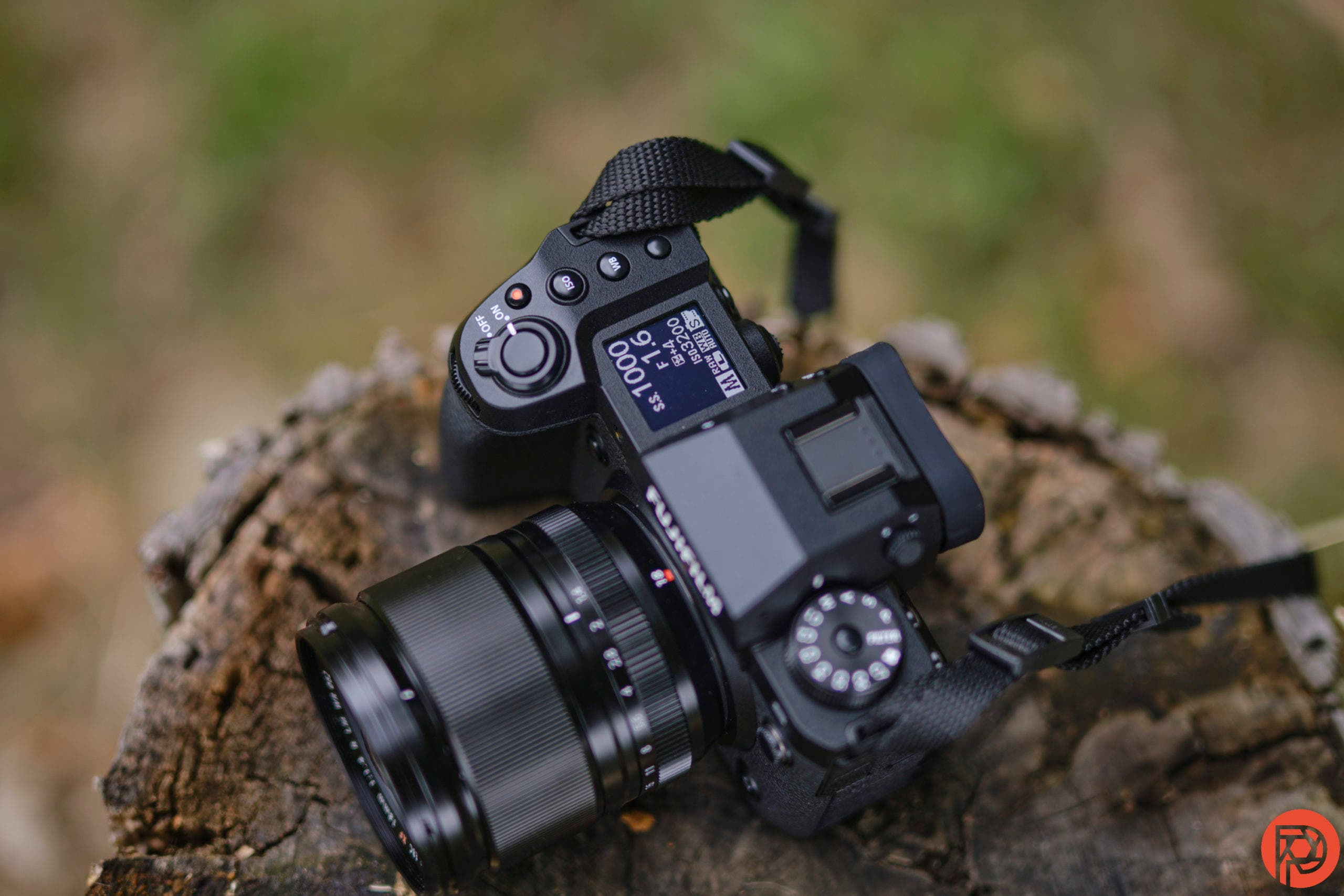
Leave a Reply